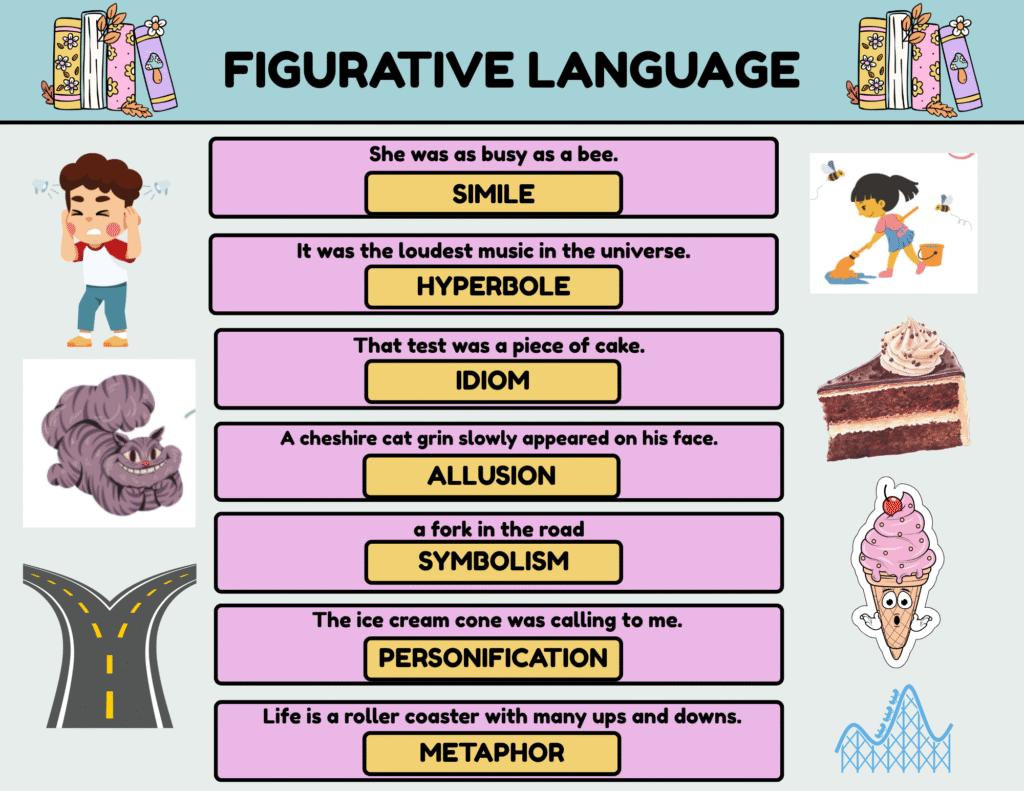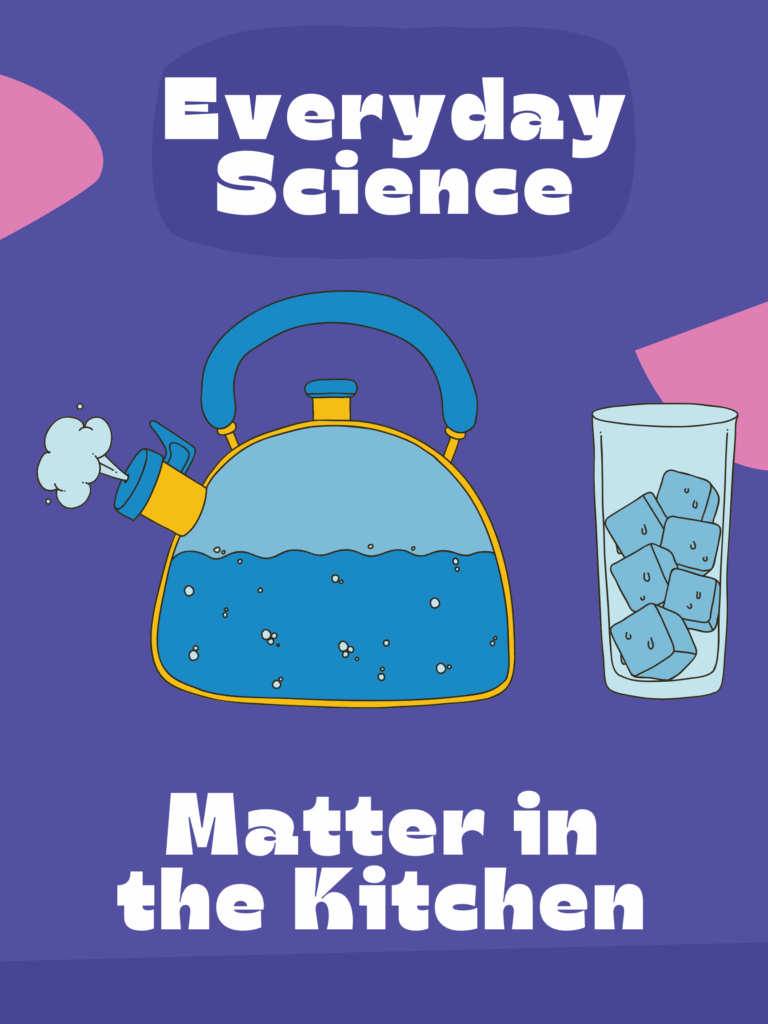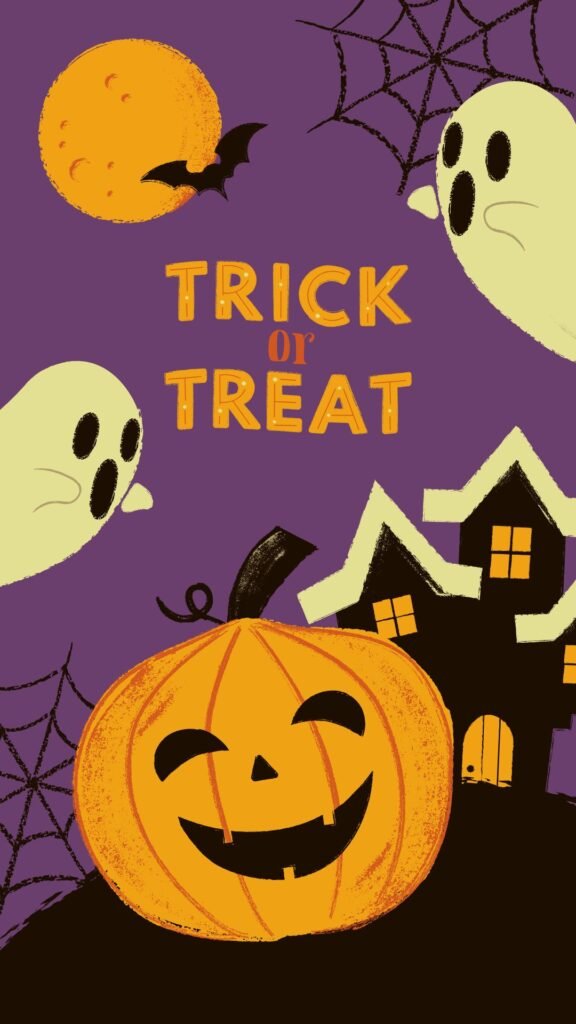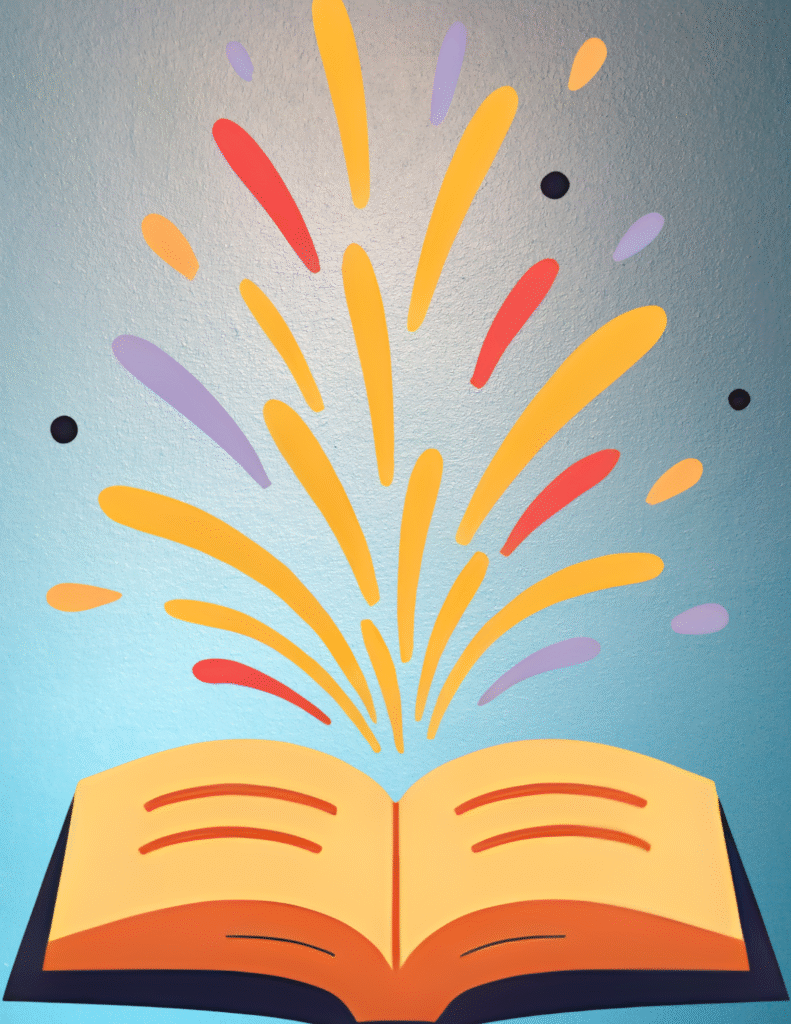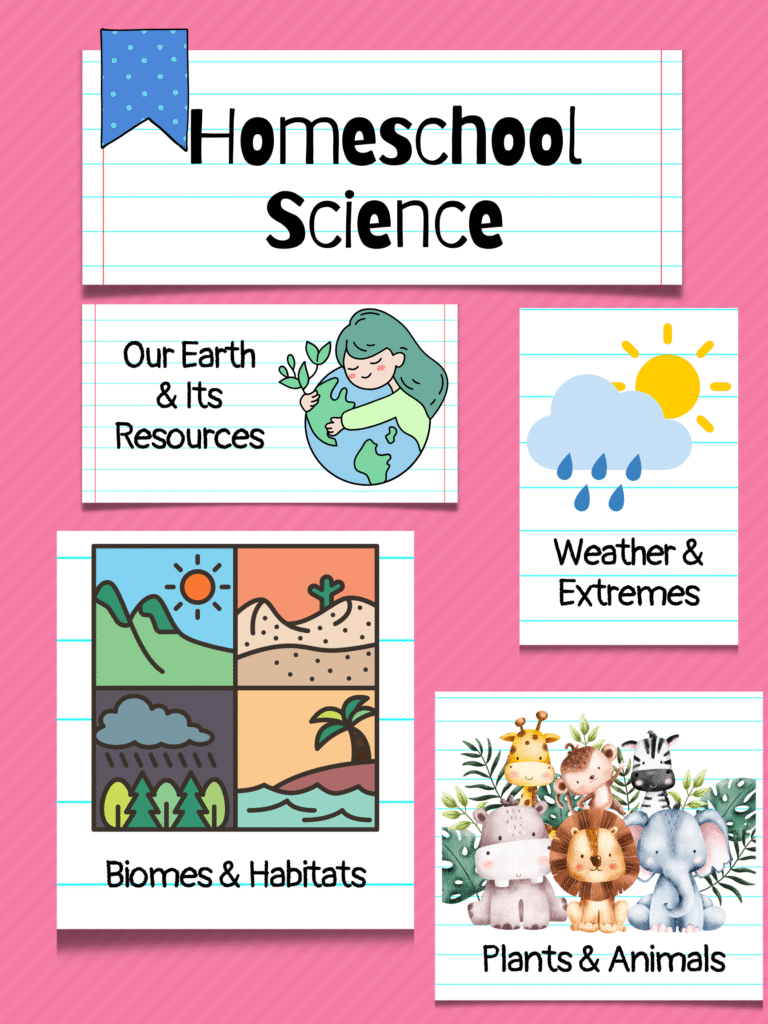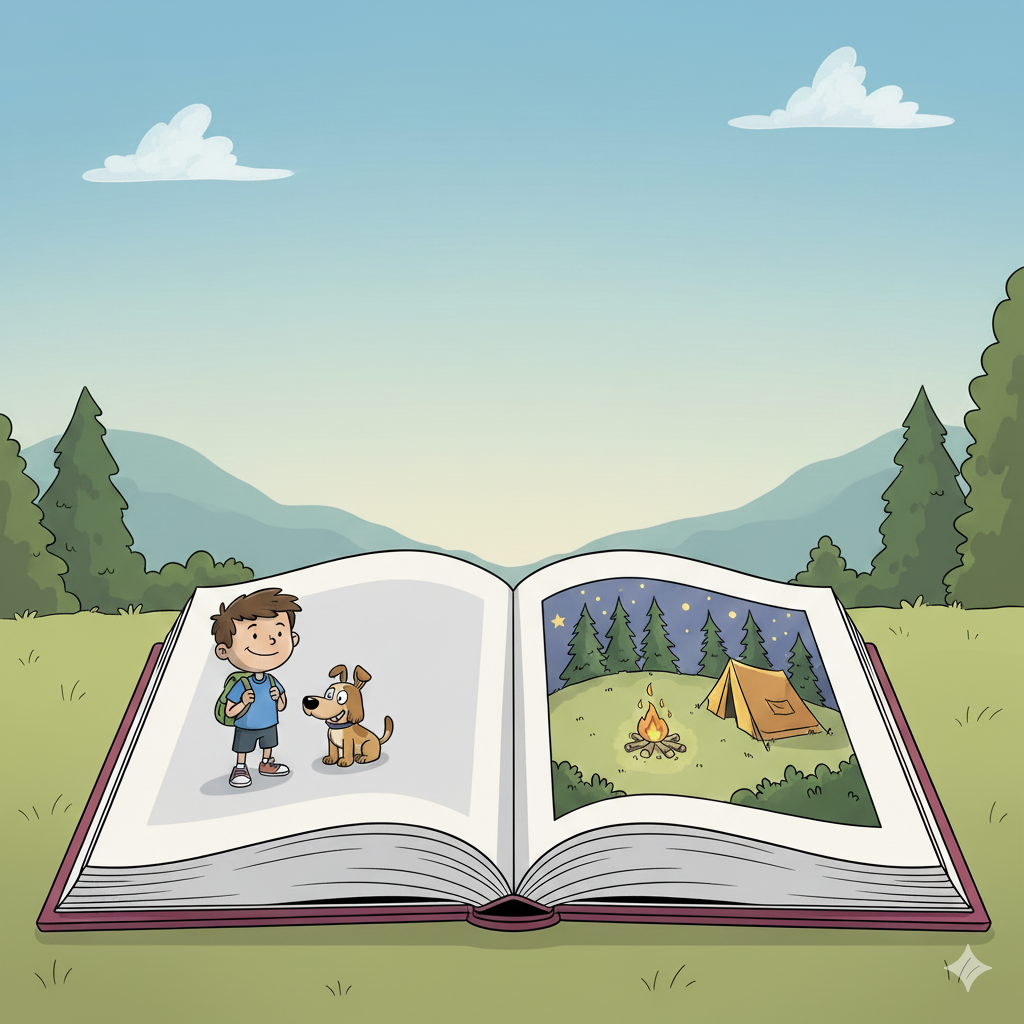Elements of Poetry: Free Homeschooling Resources
This section focuses on the rhythms and patterns writers build into their words so readers can appreciate not just what a text says, but how it sounds. The elements of poetry and poetic devices like alliteration, assonance, consonance, rhyme, rhythm, and onomatopoeia all help to make the language in poetry memorable. Overviews and Tutorials Poetry […]
Elements of Poetry: Free Homeschooling Resources Read More »




